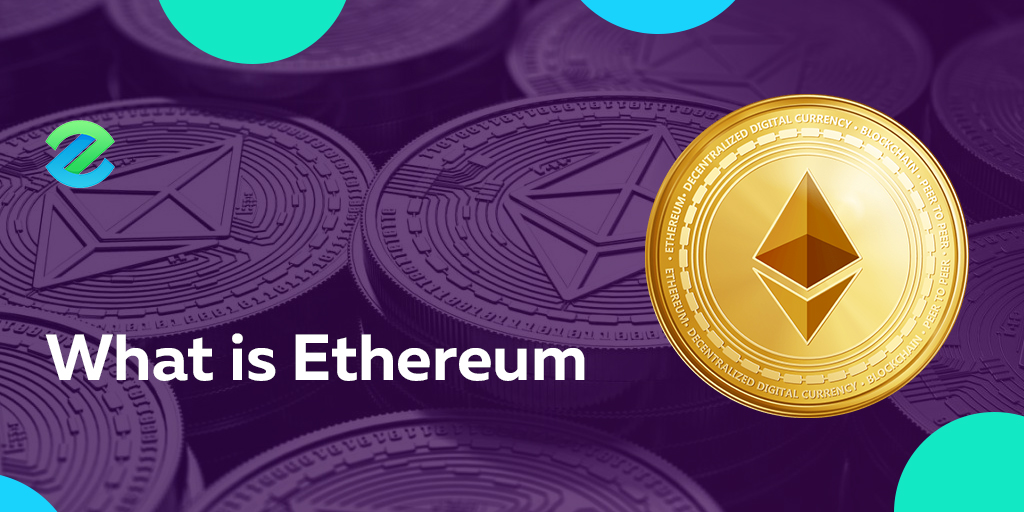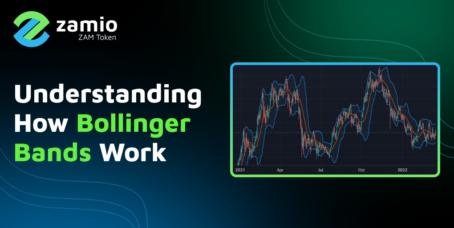Understanding the difference between the blockchain and Bitcoin is crucial to understand the Ethereum project. Blockchain and Bitcoin are not the same things.
Blockchains are a fundamental element of cryptocurrencies, such as Bitcoin. Every crypto has a blockchain whose function is to store transactions.
Bitcoin was the first cryptocurrency that enabled other cryptos to exist. It is the native currency of the Bitcoin network. The Bitcoin blockchain is a distributed public ledger or a public database that stores bitcoin transactions conducted on the Bitcoin network.
The Bitcoin network consists of devices or computers called nodes. These devices run the Bitcoin protocol and connect and communicate with each other powering the network.
Distributed blockchain means every node or computer that runs the Bitcoin protocol has a copy of the blockchain. A distributed blockchain (the public ledger) makes the bitcoin network decentralized, meaning that neither a centralized server nor a central authority controls it.
Instead, a group of nodes or computers are in control collectively by using peer-to-peer technology. This way, anyone can participate and become a member of the bitcoin network from anywhere in the world.
So, the Bitcoin network is essentially a peer-to-peer electronic cash system that uses bitcoin as its own currency. Bitcoin, as a cryptocurrency, is the first decentralized financial application ever created without needing a central authority, such as a government or company.
This information is crucial to understand Eutherum and how it differs from Bitcoin as a decentralized currency or payment system. Everything that we have outlined above applies to Ethereum. Now let’s explore how Ethereum has built and capitalized on the idea of Bitcoin.
Table of Contents
Ethereum or Ether?
The Ethereum project was inspired by Bitcoin. It was a successful attempt to encounter the limitations and drawbacks of Bitcoin as a digital currency and create other decentralized applications using one blockchain.
Ethereum is not a cryptocurrency but its native currency, Ether, is just like Bitcoin. Ether creates real value, incentivizes participation, and secures the network from spammers. It also fuels the network, as the Ethereum project describes. Since Ether is the fuel of the Ethereum network, transaction fees are called gas.
Running transactions require computational power, so upon execution, the user must pay gas priced in gwei, a denomination of Ether. The gas fee depends on the computational steps needed to verify a transaction.
You could think of Ether as one decentralized application for sending and receiving money or settling payment, just like Bitcoin. But more importantly, it is a decentralized application that allows users to create smart contacts without which other decentralized applications can not exist.
To summarise, unlike Bitcoin, Ethereum is more than just an electronic cash or payment system. It is a platform and hub for decentralized applications (dapps). It allows developers to create any decentralized application using smart contacts.
The Ethereum blockchain
The Ethereum blockchain is much more flexible, versatile and sophisticated than Bitcoin. Not only can it store Ether transactions, but it can also store programmable smart contacts.
So, Ethereum has a programmable blockchain. It can embed a programming language inside the blockchain after converting it to code bytes through the Ethereum Virtual Machine (EVM).
Given this feature, it is not accurate to describe the Ethereum blockchain as a distributed public ledger but as a distributed state machine.
Ethereum smart contracts
The inclusion of smart contracts in the blockchain has paved the way to developing many useful decentralized applications. Ethereum as a system allows developers to create any decentralized application using smart contacts.
Developers write/code smart contacts in a programming language called solidity. The Eetherum state Machine converts the contract language to code bytes and then stores them in the blockchain.
Smart contracts are digital contacts. They specify the terms and conditions of an agreement between two parties just like a regular contract. However, since they are decentralized, a middleman like a lawyer does not facilitate them.
Once the smart contract code is deployed on the network, no one can change it. The code enforces the contract automatically when meeting the terms and conditions of the agreement. So, there is no need to trust a third party to enforce the promises made within the contract.
Smart contacts are very impressive and powerful tools. To understand how they function within Ethereum, and the different applications they power, read: what are Eutherm smart contacts?
Mining in Ethereum
Mining is the process of verifying and validating transactions before they are stored in the blockchain. Mining in Ethereum is similar to Bitcoin. It uses proof of work as a consensus mechanism for validating transactions. However, in 2021, Eutherem switched from proof of work to proof of stake. To learn more about mining mechanisms read: proof of work vs. proof of stake.









